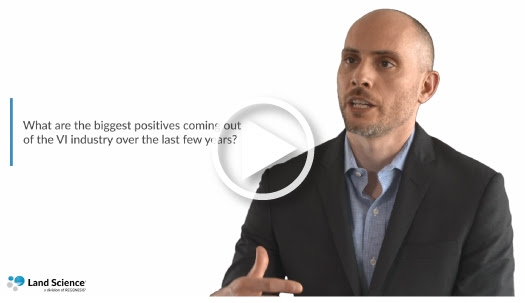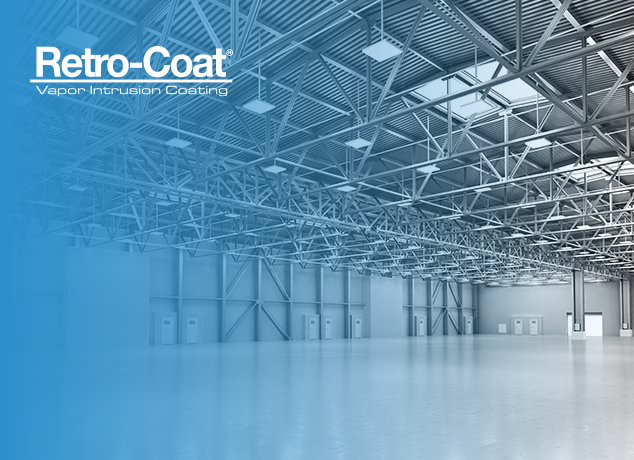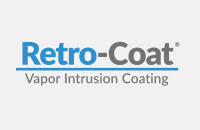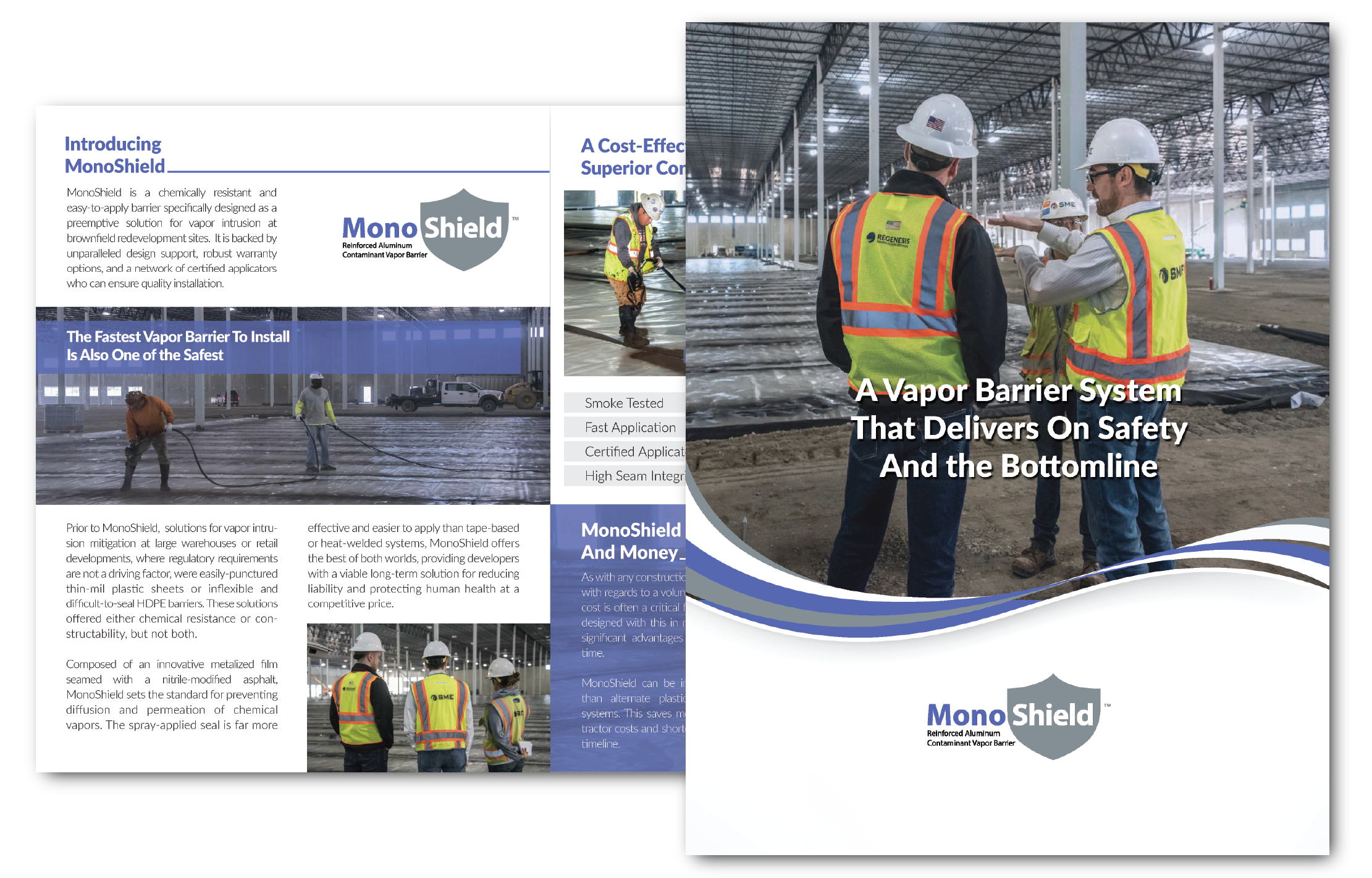COVID-19 is Driving a Trend Away from Traditional Office Workspaces
The COVID-19 pandemic resulted in a dramatic shift in workplace geography as workers moved from centralized office locations to home-based offices. Stanford economist Nicholas Bloom, a leading researcher studying the work-from-home trend, notes: “[An] incredible 42 percent of the U.S. labor force is now working from home full time.” Bloom also suggests that new office building construction will be altered post-COVID-19 based on an increased desire for social distancing. He states, “instead of building more office skyscrapers – which has been the dominant theme over the past 40 years – I predict that COVID-19 will dramatically shift the trend to industrial parks with low-rise buildings.”
The predicted shift to new office spaces at former industrial parks matches established construction trends in the residential and mixed-use building sectors. Due to inexpensive land, tax credits and other incentives, redevelopment of these former brownfields into living and retail space has been robust during the past decade.
Increase in Risks to Exposure of Potential Toxic Chemical Vapors
This office worker migration trend will result in a significant increased risk for worker exposure to potentially toxic chemical vapors left behind from past industrial activity. Chemical vapors are formed when substances containing chlorinated solvents, petroleum hydrocarbons or other volatile compounds commonly used in industry are spilled or improperly disposed of. Over time, these chemicals migrate through soil, contaminating groundwater and forming chemical vapor plumes.
Building occupants might be at risk of exposure to indoor air containing these vapors if a building is constructed within a contaminant vapor plume footprint. Inhalation of chemical vapors is often hazardous to human health, even at indoor air concentrations not detected by smell.
Effective Contaminant Vapor Barriers Address Risk
Land Science’s vapor intrusion mitigation systems incorporate the latest technological advances to offer the highest chemical protection available. These advanced systems comprise patented, state-of-the-art materials, including metalized films and nitrile-modified asphalt sealants that offer up to one-hundred times more chemical protection than other vapor intrusion mitigation systems like plastic sheets with taped seams and spray-applied waterproofing “boots.”
While offering the highest level of protection against vapor intrusion, these systems are often easier and faster to install and are priced competitively. Brownfield property developers are rapidly increasing the incorporation of these systems into their building plans as a means to address any potential vapor intrusion risk, known or unknown, and to ensure development stays on schedule.
Preemptive Installation May Be Less Expensive Than Investigation and Monitoring
A vapor mitigation system’s cost is insignificant relative to a new building project, and Land Science’s certified applicators can install these advanced systems quickly without delaying construction.
Comparative cost analyses have shown that it is often less expensive to proactively install a contaminant vapor barrier rather than investigate and monitor whether it is needed. Once installed, these vapor mitigation systems provide a high level of assurance for personal safety. According to the U.S. EPA’s Brownfields Technology Primer: “Incorporating relatively inexpensive mitigation (prevention) techniques into the construction of new buildings, rather than retrofitting them later, will result in significant cost savings and help avoid the occurrence of vapor intrusion in the future.”
ABOUT REGENESIS and LAND SCIENCE: Founded in 1994, REGENESIS is an expert provider of in situ soil, groundwater, and vapor intrusion remediation products and services. Land Science, a division of REGENESIS, offers a full line of vapor intrusion mitigation technologies and is the safe and effective choice for leading engineering, construction, and environmental consulting firms serving a broad range of clients, including developers, insurance companies, manufacturers, municipalities, regulatory agencies, and federal, state and local governments.
©2021 All rights reserved. REGENESIS and PlumeStop, are registered trademarks of Regenesis Bioremediation Products Inc.






















































 Land Science is pleased to be 2021/2022 Annual Platinum Sponsors for AVIP! The purpose of AVIP is to build a community of professionals dedicated to advancing the industry and providing a forum for informational exchange of knowledge and science related to Vapor Intrusion (VI); as well as establishing a central resource for technology, guidance, standards, credentialing and best practices for both those in the industry and those seeking VI related services.
Land Science is pleased to be 2021/2022 Annual Platinum Sponsors for AVIP! The purpose of AVIP is to build a community of professionals dedicated to advancing the industry and providing a forum for informational exchange of knowledge and science related to Vapor Intrusion (VI); as well as establishing a central resource for technology, guidance, standards, credentialing and best practices for both those in the industry and those seeking VI related services.









 SAN CLEMENTE, Calif.–(BUSINESS WIRE)–Land Science, a division of REGENESIS, is pleased to announce its support and involvement in the newly launched
SAN CLEMENTE, Calif.–(BUSINESS WIRE)–Land Science, a division of REGENESIS, is pleased to announce its support and involvement in the newly launched 

 When developing properties on sites with known environmental impacts, one of the biggest issues is the risk to human health. Failure to address these issues can result in adverse health effects and millions of dollars in legal exposure. TerraShield was designed specifically to eliminate risk of exposure by employing innovative technologies to provide best-in-class chemical resistance and durability. Backed by a robust warranty and installed by Land Science-certified applicators, each TerraShield installation is rigorously tested to ensure the quality of every seal and ultimately the complete vapor barrier system installed.
When developing properties on sites with known environmental impacts, one of the biggest issues is the risk to human health. Failure to address these issues can result in adverse health effects and millions of dollars in legal exposure. TerraShield was designed specifically to eliminate risk of exposure by employing innovative technologies to provide best-in-class chemical resistance and durability. Backed by a robust warranty and installed by Land Science-certified applicators, each TerraShield installation is rigorously tested to ensure the quality of every seal and ultimately the complete vapor barrier system installed.


 Land Science is pleased to be 2021/2022 Annual Platinum Sponsors for AVIP! The purpose of AVIP is to build a community of professionals dedicated to advancing the industry and providing a forum for informational exchange of knowledge and science related to Vapor Intrusion (VI); as well as establishing a central resource for technology, guidance, standards, credentialing and best practices for both those in the industry and those seeking VI related services.
Land Science is pleased to be 2021/2022 Annual Platinum Sponsors for AVIP! The purpose of AVIP is to build a community of professionals dedicated to advancing the industry and providing a forum for informational exchange of knowledge and science related to Vapor Intrusion (VI); as well as establishing a central resource for technology, guidance, standards, credentialing and best practices for both those in the industry and those seeking VI related services.

 Nitra-Seal is an update/improvement on current vapor barrier systems. Originally, passive vapor barrier systems were waterproofing systems adapted for use as contaminant vapor barriers. An acknowledged weakness in these systems is in the penetration and perimeter termination locations, where spray-applied core material composed of Styrene-Butadiene (SBR)- modified asphalt is used. While excellent at repelling water, aggressive chemicals such as petroleum solvents and chlorinated volatile organic compounds (VOCs), will permeate into the SBR-modified asphalt at a relatively high rate particularly in sensitive areas of the building construction. Nitra-Seal offers a substantial upgrade as it employs a more chemically resistant nitrile latex instead of the more susceptible SBR material. Nitrile is recognized throughout the environmental engineering industry as being more chemically resistant than rubber or SBR and is often used in personal protective equipment when working on hazardous waste sites (e.g. nitrile gloves).
Nitra-Seal is an update/improvement on current vapor barrier systems. Originally, passive vapor barrier systems were waterproofing systems adapted for use as contaminant vapor barriers. An acknowledged weakness in these systems is in the penetration and perimeter termination locations, where spray-applied core material composed of Styrene-Butadiene (SBR)- modified asphalt is used. While excellent at repelling water, aggressive chemicals such as petroleum solvents and chlorinated volatile organic compounds (VOCs), will permeate into the SBR-modified asphalt at a relatively high rate particularly in sensitive areas of the building construction. Nitra-Seal offers a substantial upgrade as it employs a more chemically resistant nitrile latex instead of the more susceptible SBR material. Nitrile is recognized throughout the environmental engineering industry as being more chemically resistant than rubber or SBR and is often used in personal protective equipment when working on hazardous waste sites (e.g. nitrile gloves).
 A growing manufacturer looking to expand its operations purchased a vacant industrial facility in Lansing, Michigan, where chlorinated solvents were used and spilled into the subsurface. The environmental consultant was asked to address the suspected vapor intrusion concerns resulting from the former industrial operations. In working with the Michigan Department of Environment, Great Lakes & Energy (EGLE), the consultant proposed utilizing the Retro-Coat® Vapor Intrusion Coating System, in combination with passive venting, to ensure safe indoor air for the future workers.
A growing manufacturer looking to expand its operations purchased a vacant industrial facility in Lansing, Michigan, where chlorinated solvents were used and spilled into the subsurface. The environmental consultant was asked to address the suspected vapor intrusion concerns resulting from the former industrial operations. In working with the Michigan Department of Environment, Great Lakes & Energy (EGLE), the consultant proposed utilizing the Retro-Coat® Vapor Intrusion Coating System, in combination with passive venting, to ensure safe indoor air for the future workers.










 A new indoor sports training facility in Michigan includes two open-field playing areas, encompassing approximately 20,000 square feet. The facility was constructed near a former landfill, and a combination of soil gases act as potential vapor intrusion sources, including methane, petroleum hydrocarbons, and chlorinated solvents. The building’s foundation consists of caissons with grade beams in the areas spanning the waste material and trench footings along the edges. The engineering consultant, SME, compared the soil gas results to the listed screening levels to support the design of the vapor mitigation system. The project development team selected MonoShield® over a 20-mil, taped-seam vapor barrier due to its superior chemical resistance and quality control testing by a Land Science certified applicator, making the application more efficient and providing a high degree of confidence to the project stakeholders.
A new indoor sports training facility in Michigan includes two open-field playing areas, encompassing approximately 20,000 square feet. The facility was constructed near a former landfill, and a combination of soil gases act as potential vapor intrusion sources, including methane, petroleum hydrocarbons, and chlorinated solvents. The building’s foundation consists of caissons with grade beams in the areas spanning the waste material and trench footings along the edges. The engineering consultant, SME, compared the soil gas results to the listed screening levels to support the design of the vapor mitigation system. The project development team selected MonoShield® over a 20-mil, taped-seam vapor barrier due to its superior chemical resistance and quality control testing by a Land Science certified applicator, making the application more efficient and providing a high degree of confidence to the project stakeholders.






 In Sacramento, CA, Roebbelen Contracting Inc. was engaged by their client to build an electrical substation in the downtown area. Due to extensive industrial use at the site historically, heavy subsurface contamination posed a significant vapor intrusion risk. As a result, the development was in need of an effective vapor mitigation system as part of the construction project. The environmental consultant at the site recommended TerraShield from Land Science. TerraShield offers the highest level of chemical resistance because of its nitrile asphalt latex spray-applied core and metalized film, providing the highest level of protection from contaminant vapors available on the market today.
In Sacramento, CA, Roebbelen Contracting Inc. was engaged by their client to build an electrical substation in the downtown area. Due to extensive industrial use at the site historically, heavy subsurface contamination posed a significant vapor intrusion risk. As a result, the development was in need of an effective vapor mitigation system as part of the construction project. The environmental consultant at the site recommended TerraShield from Land Science. TerraShield offers the highest level of chemical resistance because of its nitrile asphalt latex spray-applied core and metalized film, providing the highest level of protection from contaminant vapors available on the market today.





 Nitra-Seal® is a new advanced nitrile composite barrier system. It represents an update/improvement on current vapor barrier systems. An acknowledged weakness in these systems is in the penetration and perimeter termination locations, where spray-applied core material composed of Styrene-Butadiene Rubber (SBR) latex/asphalt is used. Nitra-Seal offers a substantial upgrade as it employs a more chemically resistant nitrile latex instead of the more susceptible SBR latex. Nitra-Seal is a composite system creating the ideal blend between constructability and chemical resistance by using both high density polyethylene (HDPE) and nitrile-advanced, spray-applied asphalt core. Learn more and download the product brochure below.
Nitra-Seal® is a new advanced nitrile composite barrier system. It represents an update/improvement on current vapor barrier systems. An acknowledged weakness in these systems is in the penetration and perimeter termination locations, where spray-applied core material composed of Styrene-Butadiene Rubber (SBR) latex/asphalt is used. Nitra-Seal offers a substantial upgrade as it employs a more chemically resistant nitrile latex instead of the more susceptible SBR latex. Nitra-Seal is a composite system creating the ideal blend between constructability and chemical resistance by using both high density polyethylene (HDPE) and nitrile-advanced, spray-applied asphalt core. Learn more and download the product brochure below.
